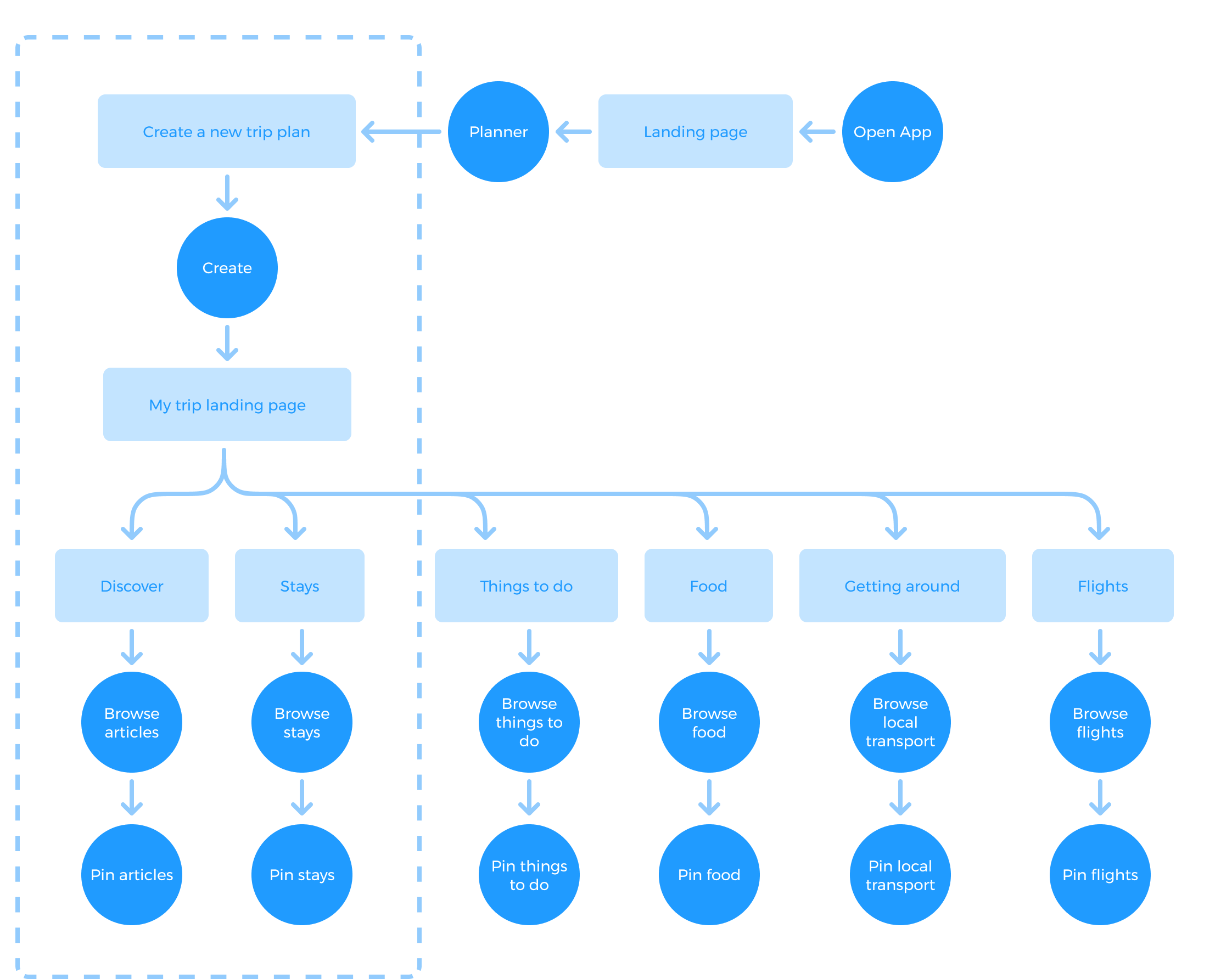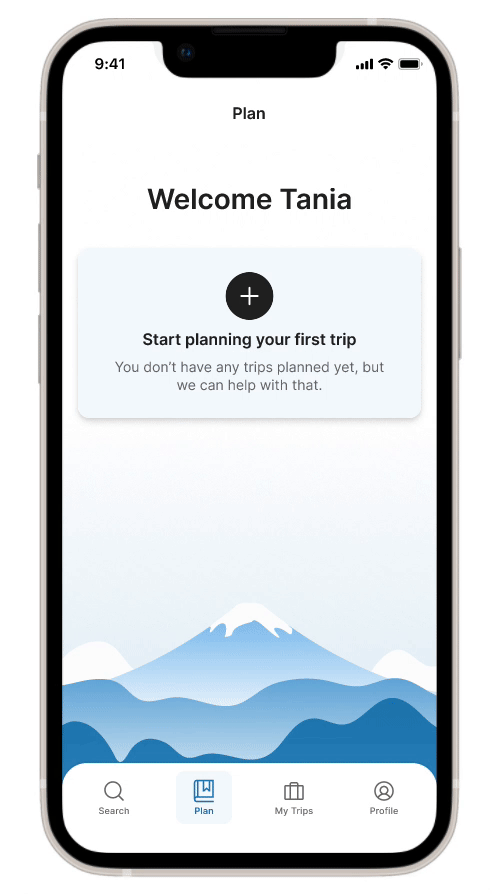This project began as part of Rakuten’s hiring process, but I approached it as a real-world engagement. The challenge was to design a new feature for a hotel booking app aimed at travelers to Japan. Within a short timeline, I developed a UI design system, created both low- and high-fidelity screens, and produced an interactive prototype that reflects the level of fidelity I bring to my client and employer work.

This section is all about discovering and understanding the user's needs, goals, and pain points. I set myself a few research goals before getting started.
I sent out a user survey using Google Forms and received 80 responses. Here is a summary of the average user’s characteristics:
Limitations and assumptions: Survey respondents were not pre-screened. Only about 1/3 of users have travelled to Japan before. I made an assumption that people trying to book travel abroad would have similar pain points to those trying to book travel in Japan.
I noticed some common themes and patterns among the survey responses.
Most users did not rely on a single tool to plan and book their travel to Japan. They used multiple websites and apps to figure out the best prices, places to stay, etc.
Users spent a lot of time researching and planning their travel in order to get the most out of the area they are visiting.
Nearly all users have temporarily stopped travelling due to COVID-19 and many are hesitant to start travelling again due to restrictions, uncertainty, and safety.
Here’s what some of the users said when asked about planning and booking travel abroad.
I wish there was an app that had this all included instead of having to go back and forth between platforms.
International borders are closed so I'm not booking anything.
Haven't gone abroad since covid started. Anxious to get back to traveling in 2022.
It can take a significant amount of time to plan out the pieces and parts to make the most of the area you’re visiting.

30 yrs old | San Diego, California | Digital Media Manager
These are the 3 digital travel booking tools that came up most often in survey responses. My goal was to compare what features they had to offer in order to identify gaps and opportunities for improvement.



At this stage it was time to re-define my goal and narrow down its scope based on the insights I gained from users. Because of the short timeline for this exercise, I chose to focus on a single feature.
Foreign travelers need an easy and convenient way to plan their next trip to Japan all in one place so that they can easily access their travel ideas and book their trip once they feel ready to start traveling again.
To address the users pain points I decided to design a travel planning feature within an existing travel booking app. It would make the app a “one-stop-shop” to plan and book travel to Japan. The planning feature would let users like Daria:
Based on Daria’s goals and needs, the app should:
What steps Daria takes before, during and after her involvement with the app.
I started by sketching some user flows and early wireframe ideas.

I wanted to be realistic in what I could achieve given the time limitations, so I decided to focus the solution on 2 aspects of trip planning: discovering a location and browsing accommodations (boxed area).

This section demonstrates the designed solution, from low-fidelity wireframes to a high-fidelity prototype. Figma was used as the design tool.
I designed some wireframes that focused on Daria’s goals and would allow her to:

I kept the colors simple and chose a modern, variable sans-serif font that is easy to read on all screens. I kept layouts consistent by using a 4-column, 8px grid. Illustrations (modified but not created by me) add some deslightful touches to a simple UI.

After setting up color and text styles in Figma, I started to build a component library to maintain consistency across the designs. Components were setup using auto layout to make sure they are scalable across different screen sizes.

All of these elements finally come together in the final designs. Users can search by location to create a new trip and start planning.


Research revealed that nearly all users traveled with family or partners/friends. This feature let’s people plan trips together.

A scrolling tab bar keeps different kinds of information organized inside single trip. Users can research and plan all aspects of a trip in one place. They can come back when they’re ready to reserve.

Users can discover interesting articles about their destination and save them to their trip plan.


Users can browse accommodations and save them to their trip plan, and come back when they are ready to reserve.

While carrying out this exercise I had to make assumptions and trade-offs in order to make progress and stick to the timeline. Here are a few of the constraints and trade-offs that I considered: